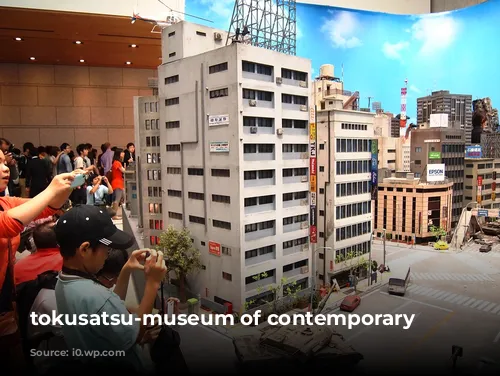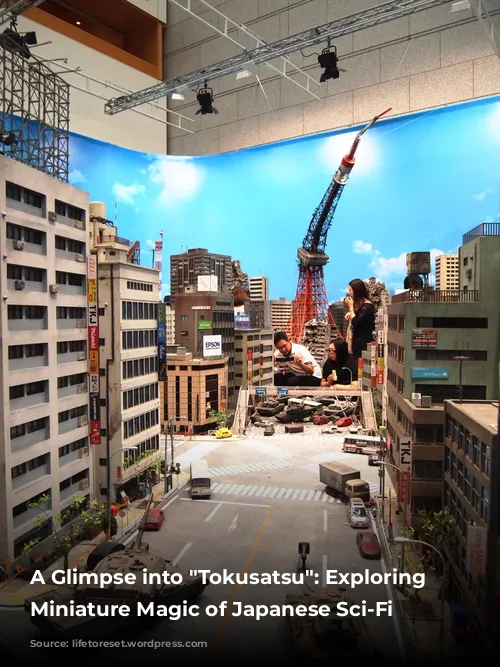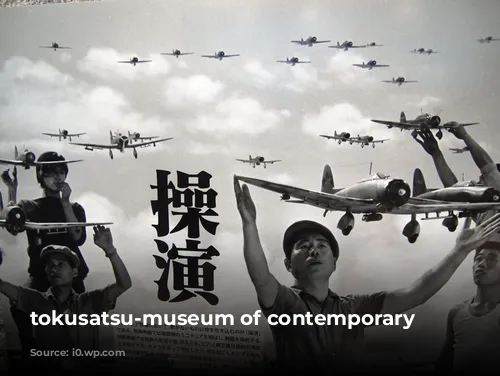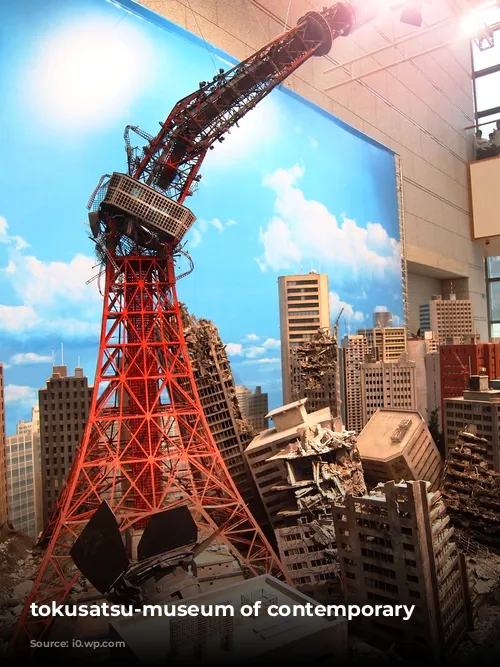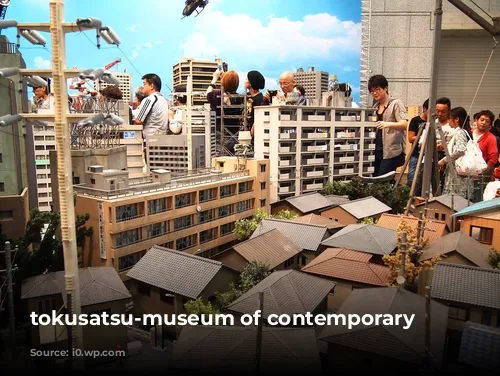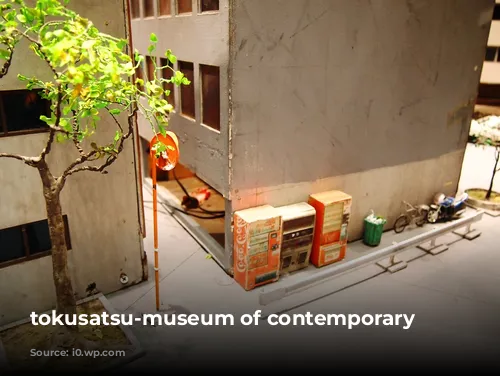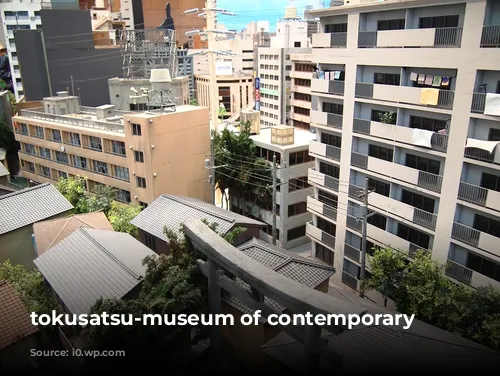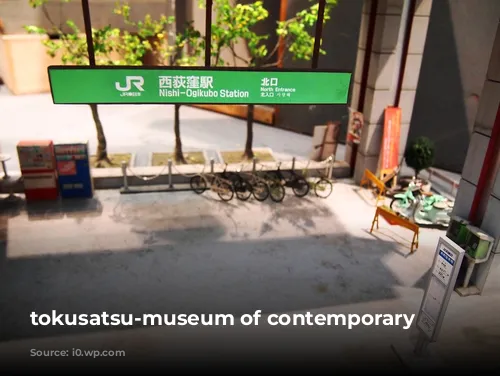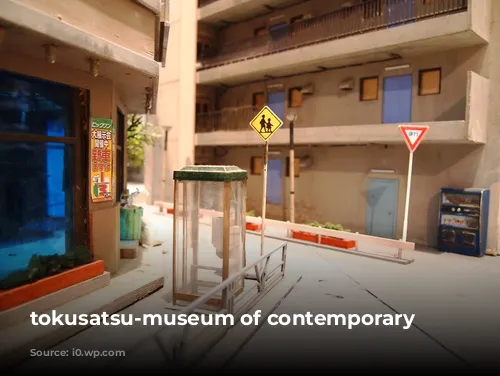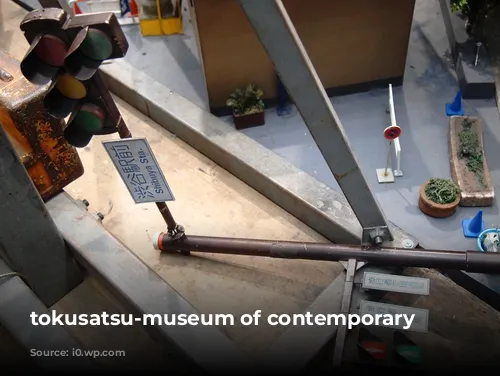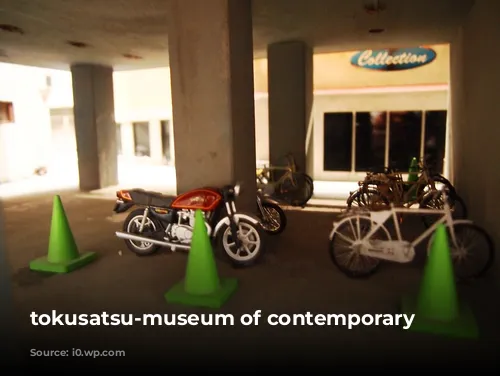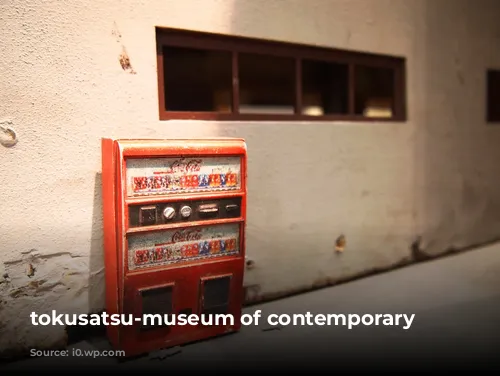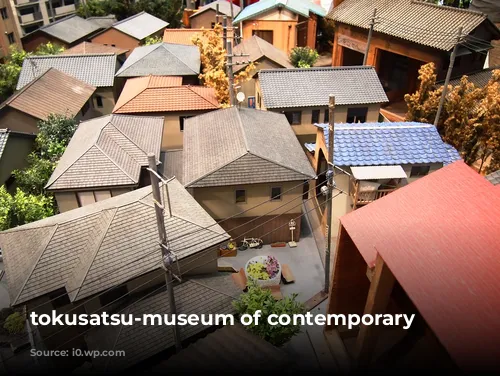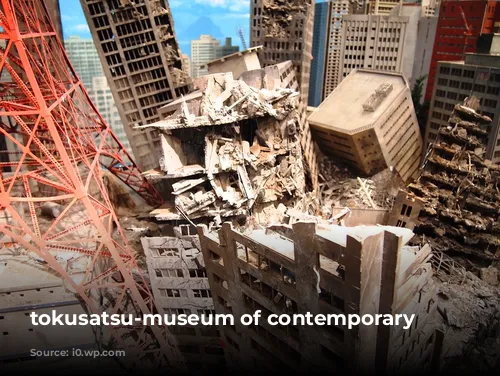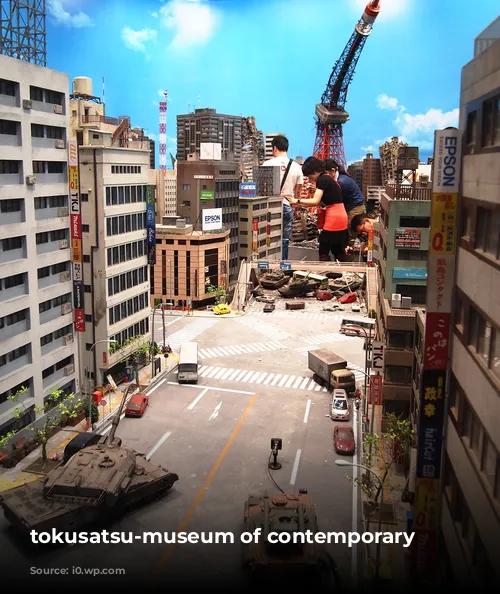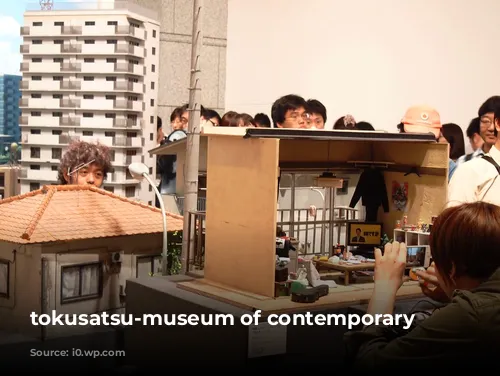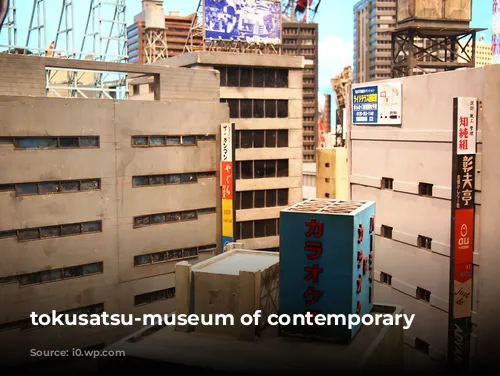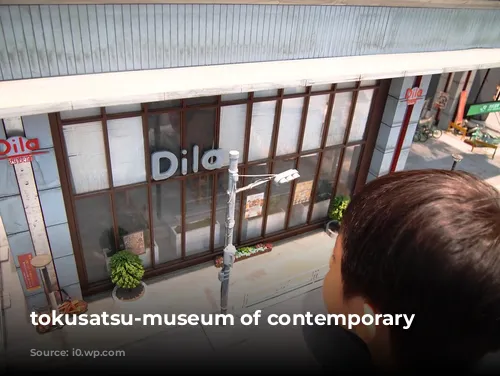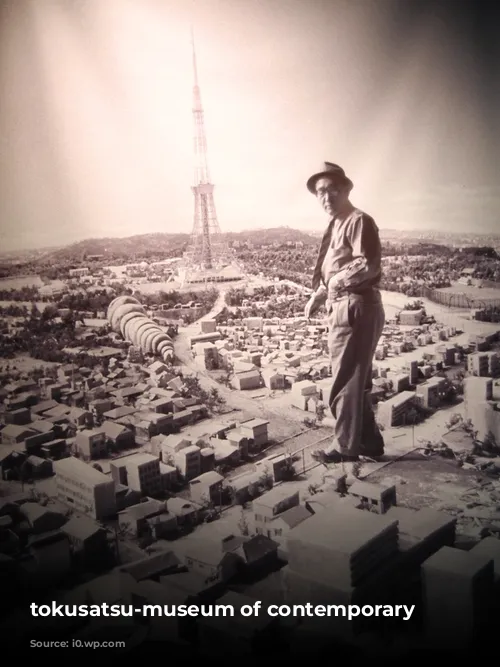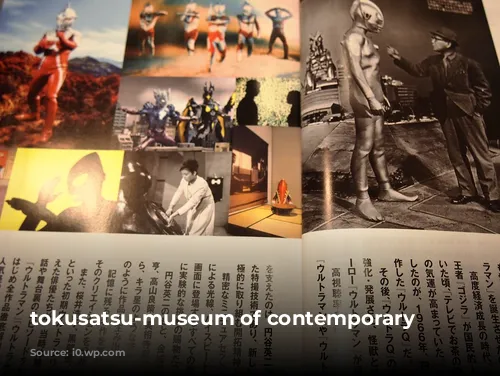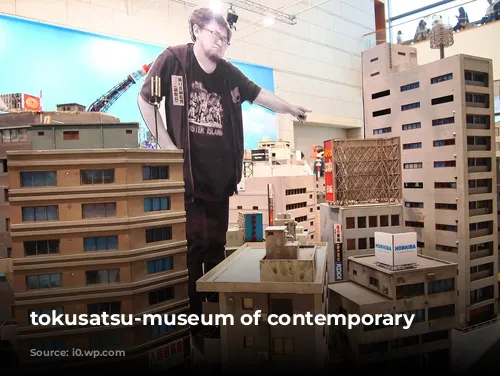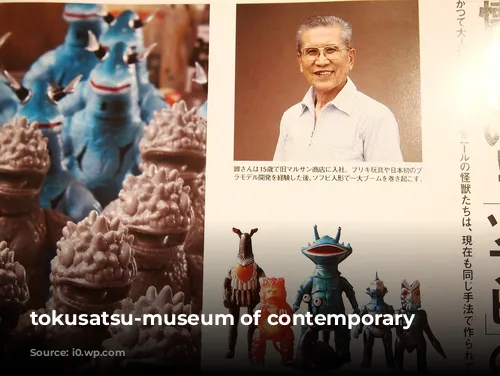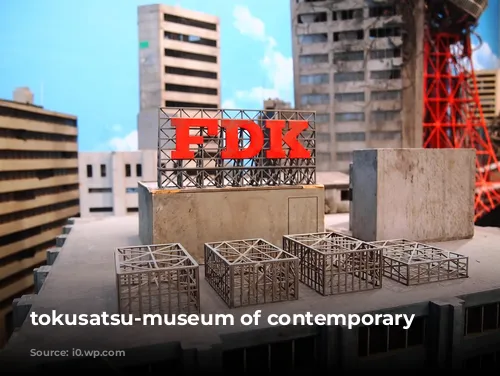Japan is renowned for its captivating anime and manga, but its “Tokusatsu” (special effects) culture deserves just as much attention. This unique genre, featuring heroes in outlandish costumes battling strange creatures with extraordinary powers, holds a special place in Japanese entertainment.
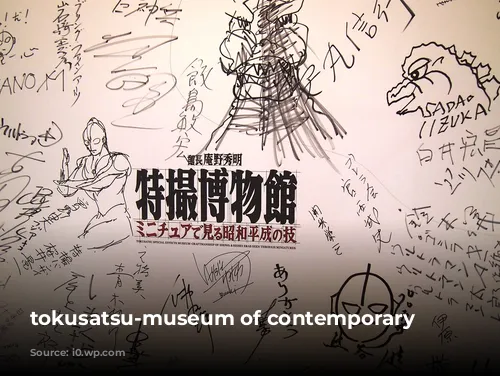
A Childhood Memory
As a child, I remember my brother’s fascination with Ultraman (“Urutoraman”). Our small television would be glued to the show on Saturday mornings, the Japanese dialogue dubbed in our local language. Initially, I found it silly and unusual. But with time, I grew to enjoy watching Ultraman and the Science Patrol bravely protecting Earth from monstrous threats like Godzilla (“Gojira”).
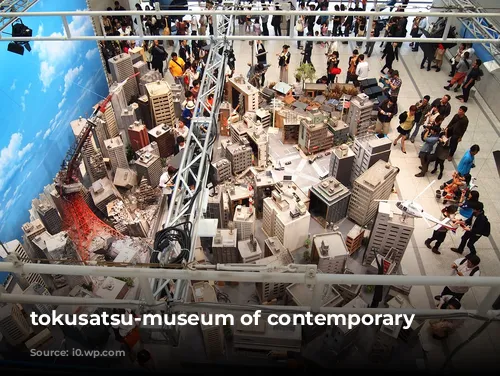
A Geek’s Paradise: “TOKUSATSU” Special Effects Museum
When I learned about the Museum of Contemporary Art, Tokyo’s collaboration with Studio Ghibli for a special exhibition, my inner geek couldn’t resist. The exhibition, titled “Director Hideaki Anno’s “TOKUSATSU” Special Effects Museum-Craftsmanship of Showa & Heisei eras seen through miniatures,” promised a captivating journey into the world of Japanese film animation and visual effects.
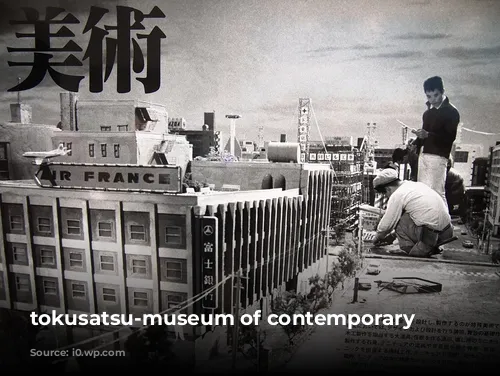
A World of Miniatures: The Masterminds Behind “Tokusatsu”
The exhibition showcased meticulously crafted miniature models of Tokyo, showcasing the city’s familiar districts before and after Godzilla’s devastating rampage. Visitors could admire the painstaking detail in recreating these scenes, as well as iconic Ultraman costumes and gadgets. The exhibition’s true highlight, however, was the work of Eiji Tsuburaya, the special effects maestro behind the birth of both Godzilla and Ultraman.
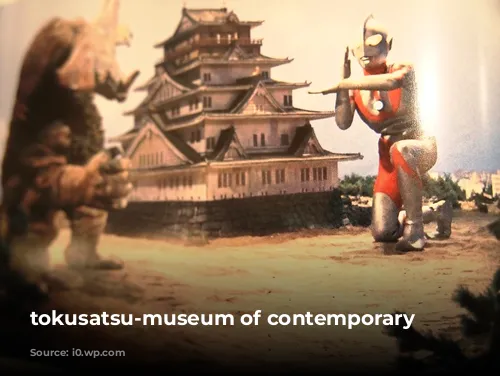
Beyond CGI: The Art of “Tokusatsu”
“Tokusatsu” encompasses live-action films featuring heroes and villains in elaborate costumes battling in miniature cities. It’s a genre that relies heavily on the use of visual effects, but not the CGI we see today. Instead, “Tokusatsu” utilizes traditional techniques like hand-painted backdrops, cardboard buildings, and skilled craftsmanship.
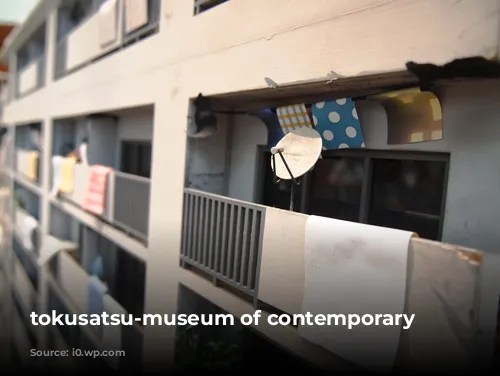
Mini-Tokyo: A Meticulously Crafted World
Walking through the exhibition felt like exploring a meticulously constructed miniature world. Every detail was perfect, from the vending machines lining the streets to the laundry hanging on balconies and the torii gates adorning neighborhoods. The city’s destruction at the hands of Godzilla was recreated with equally impressive detail, bringing the iconic monster’s rampage to life.
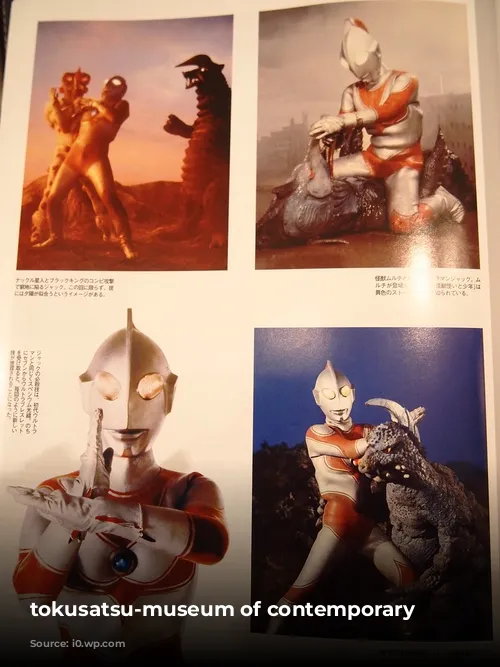
A True Japanese Experience
The exhibition transported me back to my childhood and reignited my passion for this unique genre. It reminded me why “Tokusatsu” holds such a special place in Japanese culture, showcasing the meticulous craftsmanship and creativity behind these beloved characters. Even though photography was prohibited in some sections, the exhibition left a lasting impression. The Ultraman photographs, though taken from a magazine, helped capture the magic of the miniatures. The crowded exhibition, filled with Japanese families, added to the authentic experience. I left the exhibition feeling nostalgic and hopeful for future collaborations between the Museum of Contemporary Art and Studio Ghibli.
